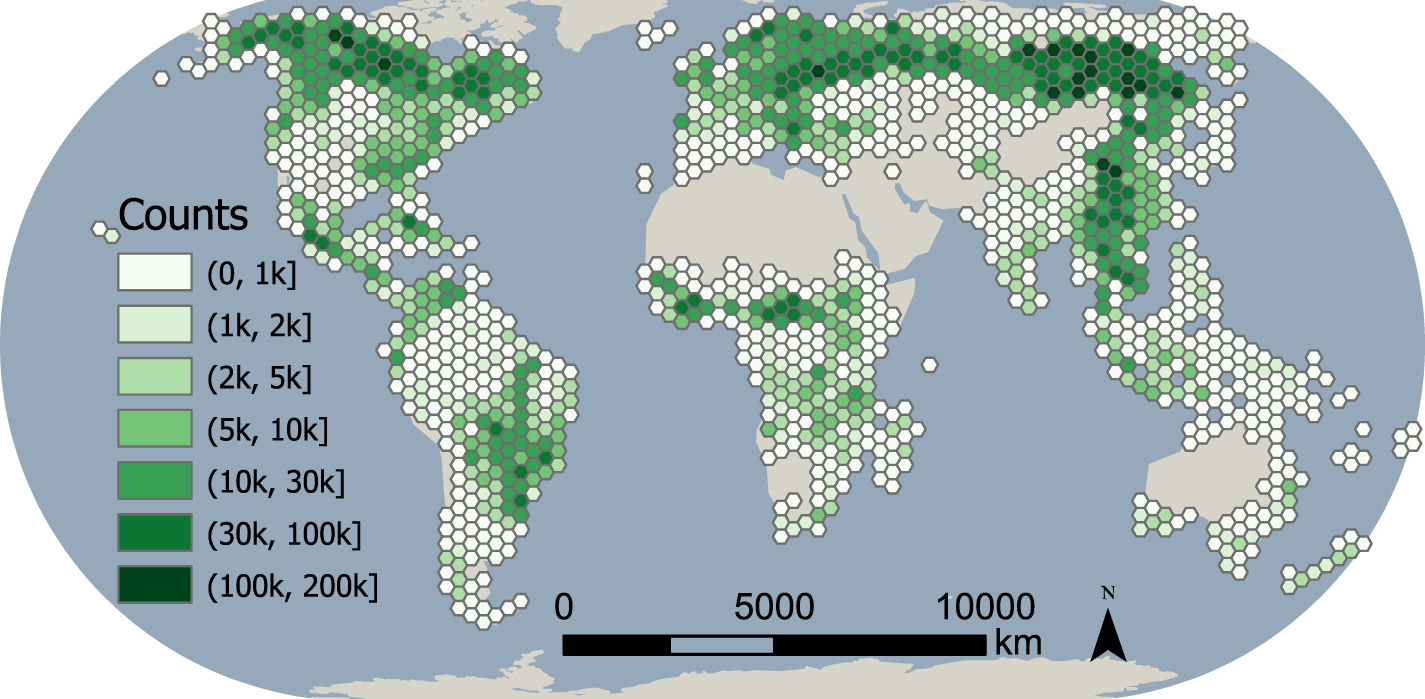May 5, 2023 | ENVIRONMENTAL RESEARCH LETTERS
The World Wildlife Fund, US and others conducted a study on forest regeneration and its potential as a cost-effective solution to combat climate change. The study aimed to support global initiatives like the Bonn Challenge, which seeks to restore 350 million hectares of degraded forests and landscapes by 2030. By combining remote sensing data and expert surveys, the researchers identified approximately 55.7 million hectares of regenerated forests between 2000 and 2015 in areas that were not forested before 2000 and remained forested from 2015 to 2018. This regeneration potentially represents an astounding 22-25 billion young trees and a total biomass of around 3.2 billion tonnes. The study found that forest regeneration predominantly occurred in regions where agricultural land had lower opportunity costs. However, in more developed areas, regeneration took place in locations more suitable for cultivation. Successful forest regeneration was attributed to factors such as transitions in agricultural land use, the establishment of protected areas, effective management, and local support. The publicly available results of this study can facilitate discussions and aid in identifying strategic locations for promoting forest regeneration, thereby contributing to global climate change mitigation efforts and biodiversity restoration.

To make it visible at the global level, the forest regeneration map was aggregated by hexagons of 100 000 km2 each. Each hexagon indicated the number of pixels that indicated forest regeneration within. Projection of the map is Eckert IV, an equal area projection. Interactive version of the map that is not aggregated can be accessed at this website.





